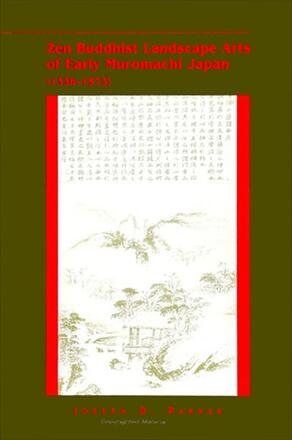
Zen Buddhist Landscape Arts of Early Muromachi Japan (1336-1573)
Alternative formats available from:
Explores Japanese literary Zen through the landscape arts of poetry, prose, painting, and gardens expressed in the writings of Japan's Five Mountain monks.
Description
Examining inscriptions on landscape paintings and related documents, this book explores the views of the "two jewels" of Japanese Zen literature, Gido Shushin (1325-1388) and Zekkai Chushin (1336-1405), and their students. These monks played important roles as advisors to the shoguns Ashikaga Yoshimitsu (1358-1408) and Yoshimochi (1386-1428), as well as to major figures in various michi or Ways of linked verse, the No theatre, ink painting, rock gardens, and other arts. By applying images of mountain retreats to their busy urban lives in the capital, these Five Mountain Zen monks provoke reconsiderations of the relation between secular and sacred and nature and culture.
Joseph D. Parker is Associate Professor of East Asian Thought at Pitzer College.
Reviews
"This book presents concrete data—biographical, intellectual-historical, and art-historical—pertaining to eminent Zen Buddhist monks of the Muromachi period who have not previously been the object of serious study. Parker challenges the entrenched views of Japanese scholars who dismiss the Zen monk artists and art critics of the period as spiritual degenerates who had succumbed to worldly enticements. His weaving together of the themes of illusion, playfulness, and non-dualism and his use of them to explicate the attitudes toward art evinced in the writings of medieval monks is original and provocative. " — T. Griffith Foulk, University of Michigan